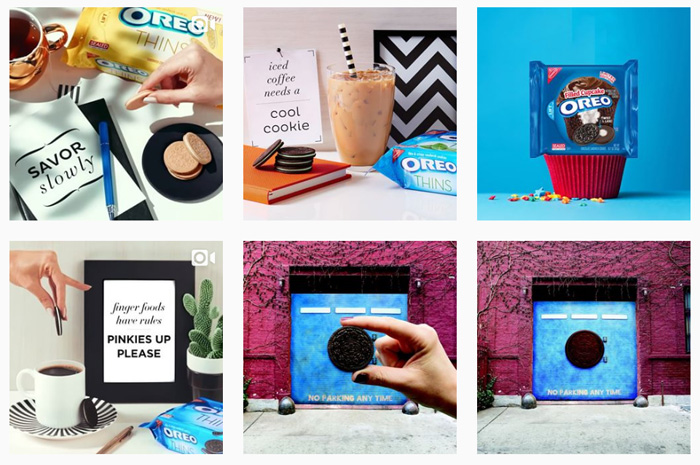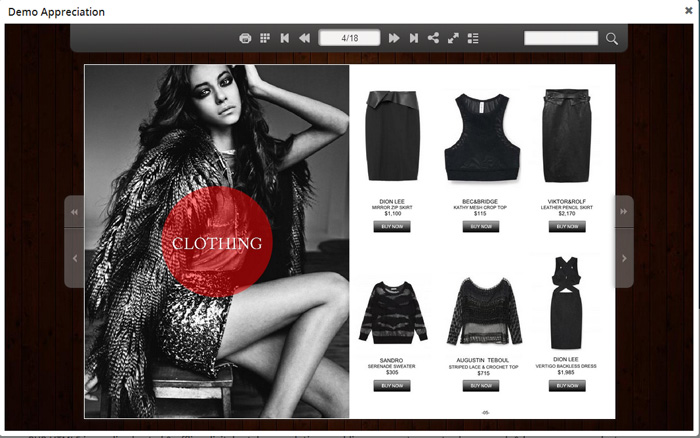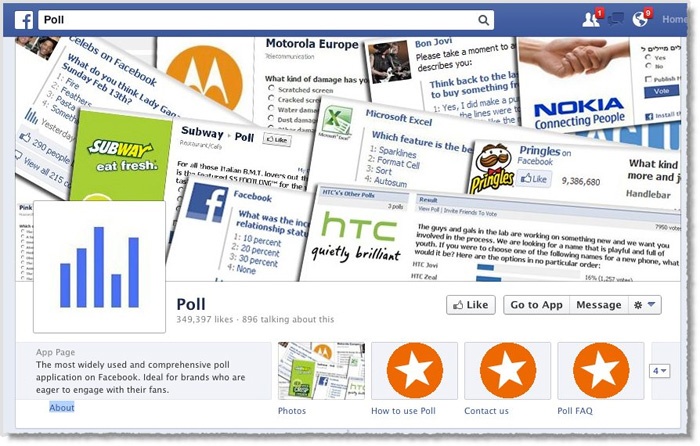Branding is all about helping your customers identify your brand and connect with the story behind it. It’s the difference between Kleenex and a tissue. The difference between Google and a search engine. Branding helps customers associate your brand with the best in the product they are looking for. While branding can be difficult to get started, here are seven critical parts of creating a branding strategy that works.
Your Company’s Purpose
In today’s market, it is no longer good enough to simply have a product. Your company needs a reason for existing beyond money-making, a defining story, a purpose for doing what it is you do. A great example of this would be a passion for the environment if the company is selling LED light bulbs for example, or a desire for nutrition, if it is a vegan restaurant. Defining your purpose isn’t just good for customers, it is good for choosing a direction for the company as well.
Keep Your Company Consistent
Once you’ve chosen your direction for the company, it is best to stick to that direction in everything you do. Avoid posting messages on social media, even if they are merely things you thought were funny if they don’t align with your current message.

Photo credit: Oreo Instagram Feed
Help Your Customers Connect with Your Product
We use cars to transport ourselves from place to place, haul things, and generally get around. Every car that is still in running condition meets this purpose. Yet so many people choose specific cars. They want a Mercedes, not a car. Why is that? What makes someone want a Mercedes and not another car they could buy for much less?
The answer is the branding that goes with the cars. They have a certain expectation, and yes, a particular emotional response when they think of a Mercedes vs any other brand. It pays to think of ways to transform your product into something customers can become emotionally attached to.
Flexibility
This may seem like the opposite of consistency, but it doesn’t have to be. It is essential to be flexible with your ideas to help appeal to your market. Staying flexible will help you stay competitive in an ever-changing market.
Involvement of Employees
Your passion isn’t always enough. If you are consistently warm to your clients, but your employees are just getting by, your customers will sense it. Encourage your employees to understand your brand story, and work with it.

Loyalty
Reward your customers for coming back to you and treat them well. These people believe in you and believe in your story. That faith should be rewarded!
Competitive Awareness
Your competition isn’t sitting idly by while you create your brand. They are fighting for the same coveted spot as you. To stay one step ahead, you need to keep an eye on what others are doing and make sure you are growing and changing right there with them.






